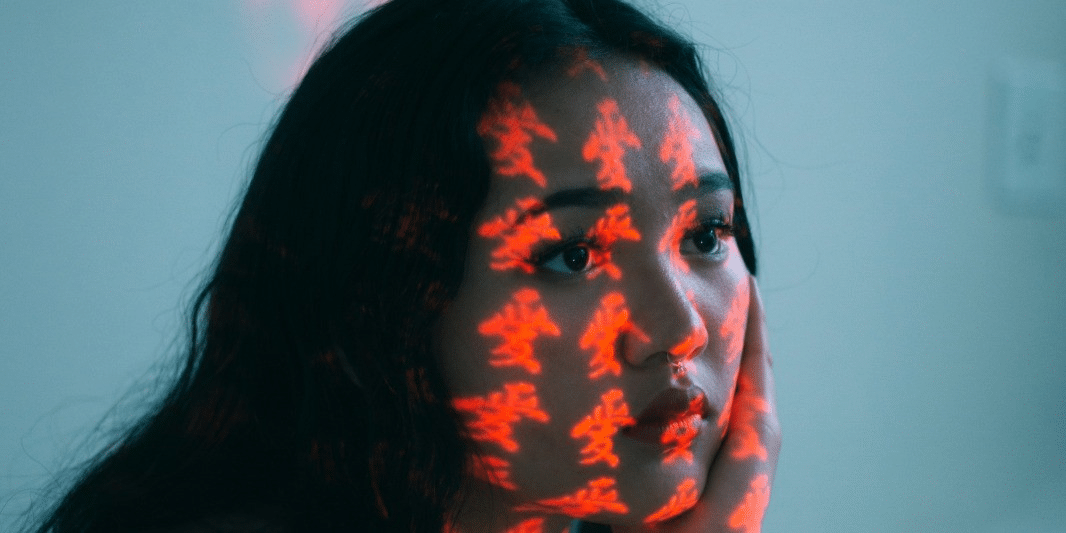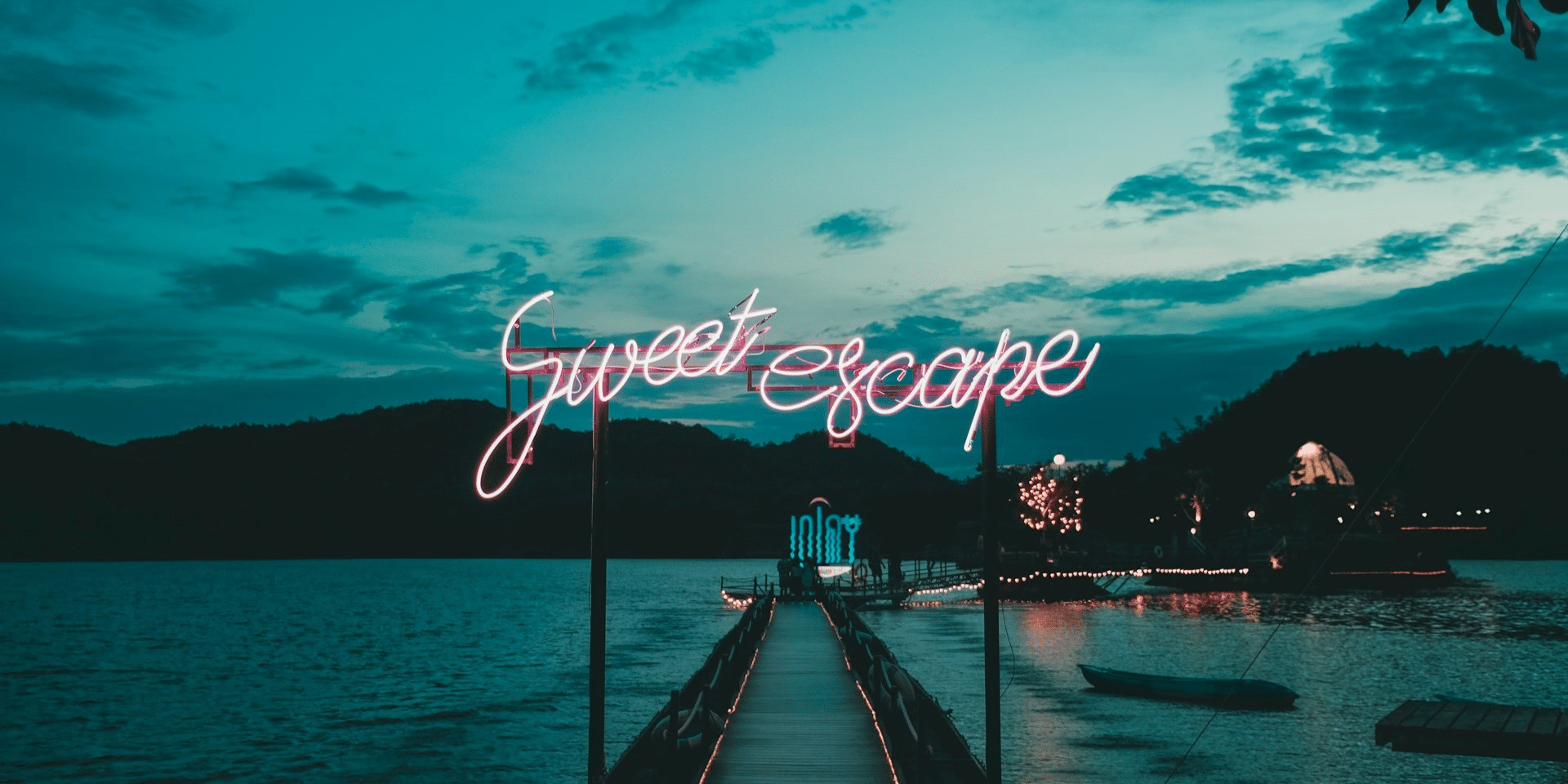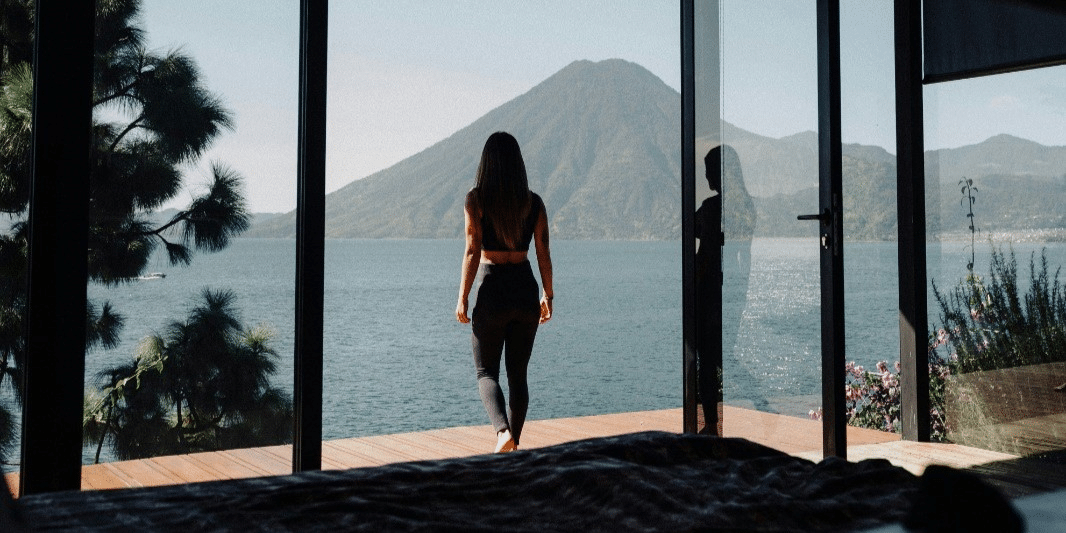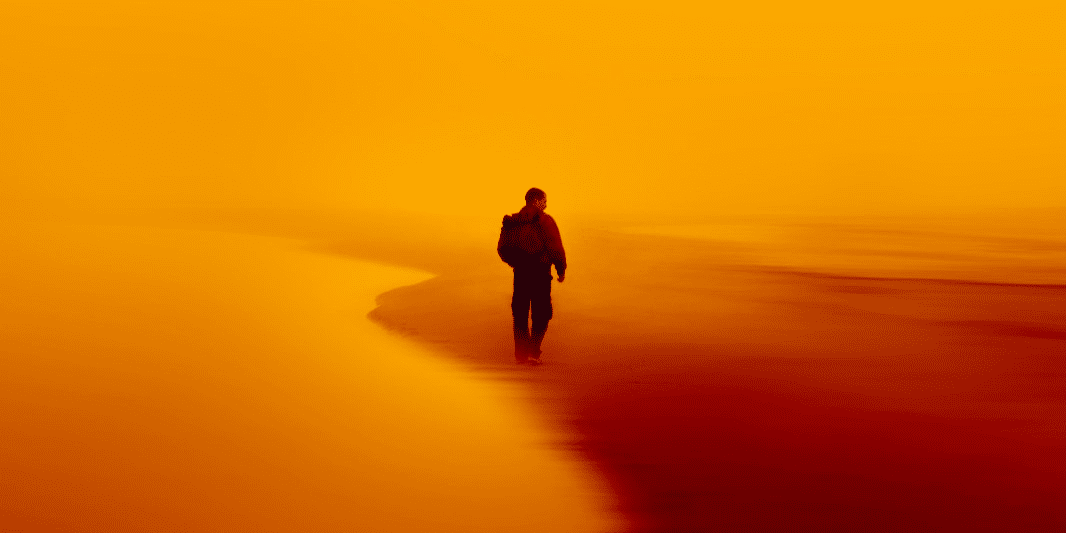In our fast-paced world of instant gratification, the art world can seem like a slow burn. New music drops every Friday, Netflix series churn out seasons in a blink, and social media feeds overflow with a constant stream of content. But behind the scenes, a different pace reigns supreme.
For many artists, production is a slow and deliberate process, a simmering pot that eventually boils over into a masterpiece (or at least a well-crafted creation). Here’s why artists often take their time with production, and why the wait might just be worth it.
From Inspiration’s Spark to Cohesive Creation: The Art of the Slow Burn
Imagine a sculptor staring intently at a block of marble, their mind swirling with visions of the final piece. The first chisel strike might not happen for hours, days, even weeks. That’s because true artistic production is about more than just churning out content. It’s about capturing a feeling, an experience, a moment in time, and translating it into a tangible form. This process takes time – time to refine ideas, experiment with techniques, and let the artwork evolve organically.
There is a correlation between artistic freedom and the quality of the final work. Artists who feel pressured to produce quickly or conform to market trends often struggle to create work that is truly impactful or meaningful. The beauty of slow production is that it allows artists the space to explore, experiment, and take creative risks. This freedom can lead to groundbreaking innovations, new artistic styles, and works that push boundaries and challenge expectations.
Taking time with production isn’t just about artistic freedom; it’s also about technical mastery. A musician might spend months honing their craft, learning new techniques, and perfecting their playing before recording a single note in the studio. A filmmaker might meticulously storyboard every scene, scout locations for months, and rewrite the script countless times before filming even begins. This dedication to detail ensures that the final product is polished, professional, and truly represents the artist’s vision.
Of course, there’s a fine line between taking your time and getting bogged down in perfectionism. The key is to find a healthy balance, one that allows for exploration and refinement without stifling creativity. Many artists find that setting deadlines and production milestones can be helpful in this regard. These deadlines provide a sense of urgency and structure, while still allowing for the flexibility to experiment and iterate.
From Frustration to Flow: Embracing the Journey, Not Just the Destination
The slow and deliberate nature of artistic production can be frustrating at times. Artists often struggle with self-doubt, creative blocks, and the ever-present pressure to “ship it” – to get the work out there, regardless of whether it’s truly finished or not. But this struggle is part of the creative process. It’s through overcoming these challenges that artists grow, learn, and develop their unique voice.
Embracing the challenges of the creative process can lead to greater satisfaction and a deeper sense of accomplishment. When artists view production as a journey of discovery, rather than a race to the finish line, they can find joy in the process itself, not just the final product.
The slow and steady approach to production might seem counterintuitive in our fast-paced world. But for artists, it’s a necessary step in creating work that is meaningful, impactful, and truly reflects their vision. So, the next time you encounter a piece of art that resonates with you, take a moment to appreciate the time, effort, and dedication that went into its creation. Remember, the best things in life, like a perfectly sculpted masterpiece or a hauntingly beautiful song, often take time to simmer and come to fruition.
















